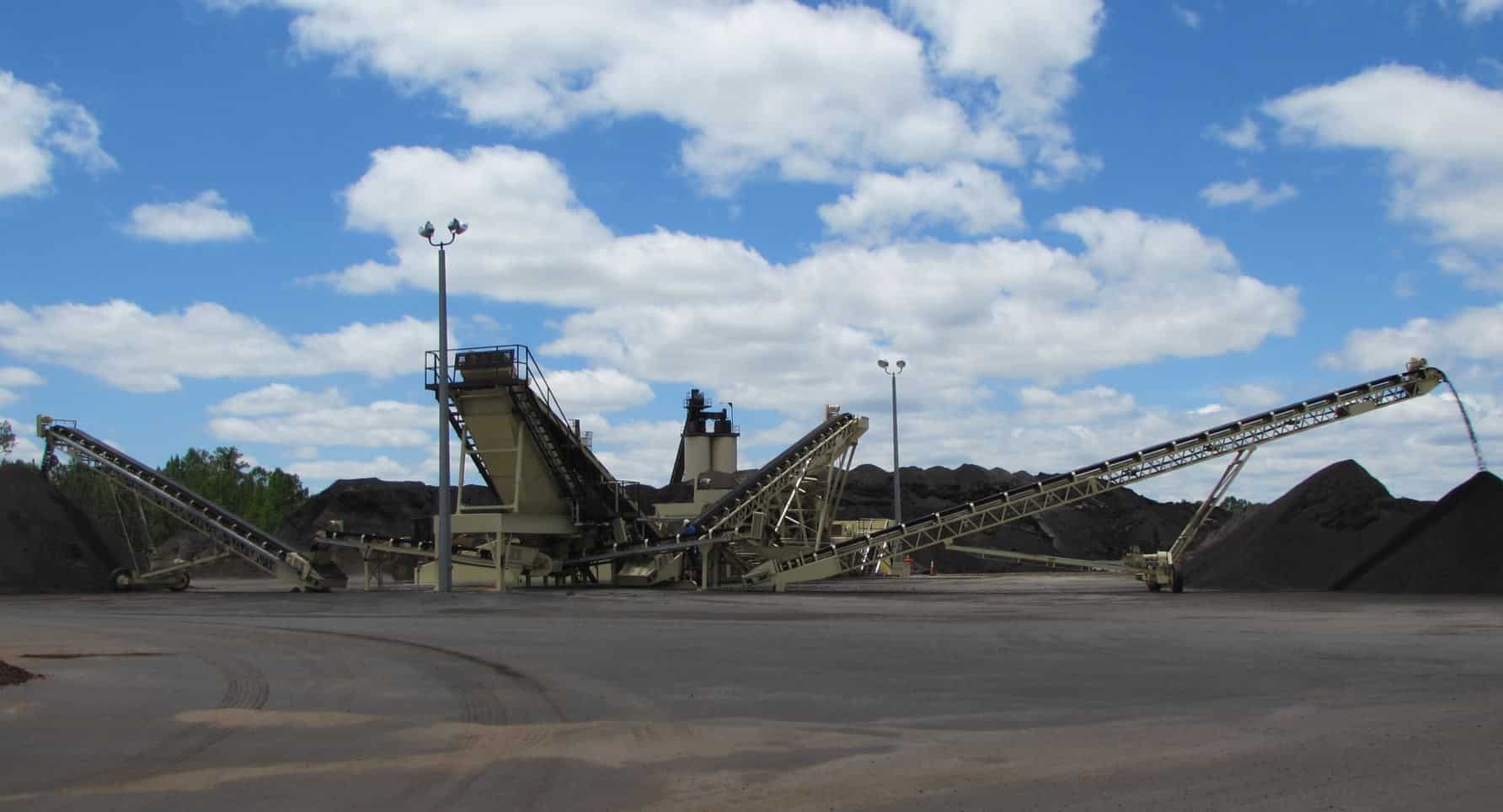P&S Raps about RAP
BY AsphaltPro Staff

Incorporating recycled waste plastics into its asphalt mixes is just one way P&S Paving is pushing the envelope on environmentally friendly practices at the asphalt plant. Since investing in its Astec Double Barrel XHR plant in 2015, Carter has experimented with high RAP mix designs and is frequently able to produce 65% RAP mixes.
“The ability to reuse recycled asphalt reduces the amount of virgin liquid and virgin aggregates we have to purchase, which is particularly relevant in today’s environment with supply chain issues,” Carter said. However, there are a number of factors limiting P&S’s RAP usage, including weather conditions, material variability and specification limits. “Our ability to run 65% RAP is environmentally controlled because we need to have dry materials and we aren’t able to always do that because it rains every day at 3 p.m. in Florida during certain parts of the year,” Carter said.
Variability of construction materials is another limiting factor. “Like other contractors, our RAP sources are a function of the contracts we win,” Carter said, adding that some older roads may not have the same quality of materials used today. For example, some of Florida’s earliest roads even used shells. “Higher RAP opens you up to variability with your end product, because the material varies.”
That’s one reason why P&S fractionates its RAP, Carter said. “We can adjust down to some of those variabilities and utilize other materials to make adjustments to keep everything within the goalposts of the spec.”
“Everything gets used somewhere,” Carter said. “Maybe the material doesn’t qualify for use in asphalt, but it might make a great road base.” He gave the example of milling too deeply and getting into limerock, which is too dirty for asphalt production. In 2018, P&S expanded its operations to crush concrete for base material. “We want to be able to use every bit of the pig.”
The company also conducts training in stockpile management with the staff. “To keep our stockpiles as clean and consistent as possible, we want everyone to be able to identify what is and isn’t okay to go into our RAP pile for asphalt production and what should instead go into our stockpile for road base materials.”
Despite weather and material variability, Carter has been able to produce an 85% RAP HMA that met all volumetric properties when conditions have been ideal. Then, it comes down to specifications of the project. Unlike the weather or what the roads of yesteryear were made of, that’s something that can be changed. Like the June 2022 FDOT memo allowing for up to 40% RAP in polymer-modified mixes.
Not only does Carter expect RAP use to increase at the DOT level as a result of the memo, but he also expects RAP use to increase at the city and county level. Although some municipalities still consider high RAP to be 15 to 20%, Carter said it’s quite common for municipalities to follow the DOT’s lead. “We’re using RAP in our DOT jobs more than ever, and since our local municipalities often defer to what the DOT is doing, we’re going to be using more RAP than ever across the board.”
This article ran as part of a larger article about the use of recycled waste plastics on a recent Florida pilot project with P&S Paving.
